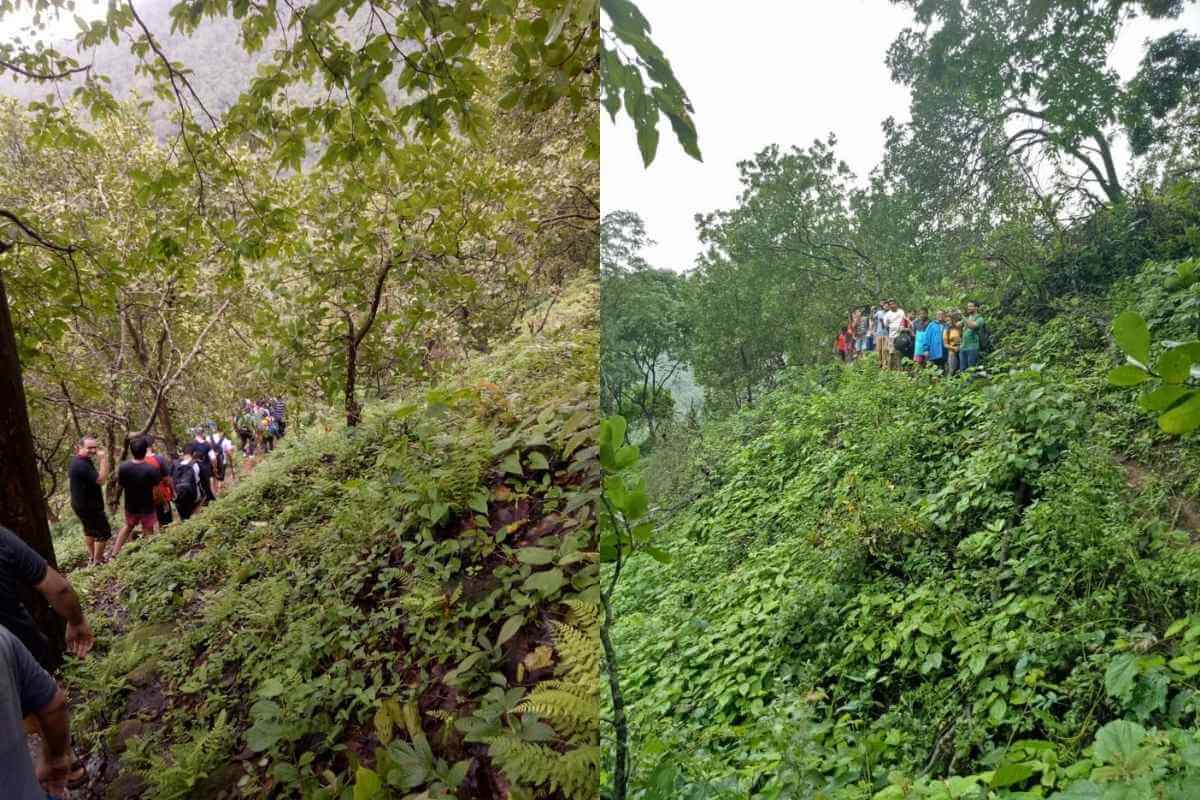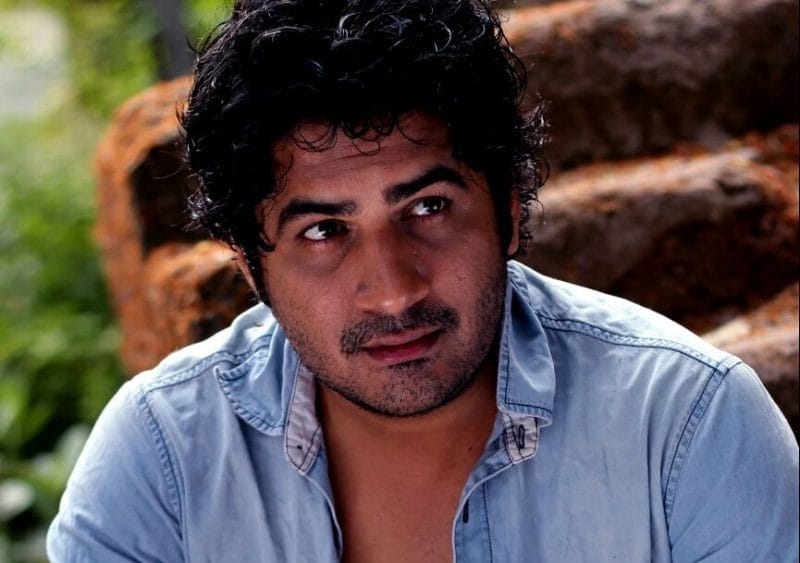One of the most significant and respected Christian pilgrimage sites in India is the Basilica of Bom Jesus. It has a significant place in the development of Christianity in Goa and is evidence of the Portuguese colonial influence in the area. The mortal remains of St. Francis Xavier, who landed in Goa in 1542, are the basilica’s primary attraction. His body was sent to Goa after being initially interred in Malacca (modern-day Malaysia) upon his death in 1552. His body was discovered to be undamaged in 1622, and it was thereafter buried at the Bom Jesus Basilica. Millions of tourists and devotees who come to make donations observe the body, which is housed in a silver casket.
The Basilica of Bom Jesus Church in Goa is unique to India and renowned for its superb baroque design. This church’s construction, which began in 1594 and was dedicated in 1605, parallels the spread of Christianity in India. About 10 kilometres from Panjim, in Old Goa at Bainguinim, you’ll find the church. The relics of St. Francis Xavier, a close companion of St. Ignatius Loyola with whom he formed the Society of Jesus (Jesuits), are kept in the oldest church in Goa. The remains are removed once every ten years and are in good shape even after 400 years.
Brief History of Basilica of Bom Jesus
Under the sponsorship of the Portuguese colonial authority, work on the basilica started in 1594 and was finished in 1605. The Society of Jesus, commonly referred to as the Jesuits, who were instrumental in advancing Christianity in Goa, constructed the basilica. The main reason for building the Basilica of Bom Jesus was to give St. Francis Xavier’s relics a place of devotion and veneration. On December 2, 1552, on Sancian Island near China, St. Francis Xavier, a renowned Catholic missionary, co-founder of the Society of Jesus, and an important figure in the development of Christianity in Asia, went away.
After being initially interred there, his body was discovered to be miraculously incorrupt when it was unearthed two years later.
Before arriving in Goa in 1554, the body of St. Francis Xavier was then transported to several locales. The arrival of his remains inspired a great deal of adoration and respect among the locals. As a result, the Basilica of Bom Jesus was built to serve as the saint’s ultimate resting place. Within a different chapel of the basilica, the body of St. Francis Xavier was buried. The casket was made of silver. To preserve its structural integrity and historical relevance, the basilica has undergone numerous modifications and alterations over the years.
The Architecture of The Basilica of Bom Jesus
The Basilica of Bom Jesus, which can be seen in Old Goa, India, is a masterpiece of baroque architecture. Visitors are captivated by the Doric-style facade’s simplicity and elegance as it rises tall with reddish laterite stone. The facade, which is divided into three levels, features elaborate carvings and reliefs that lend a decorative element. The basilica’s interior welcomes guests with a magnificent display of intricate embellishments as soon as they enter. A characteristic of baroque design, corinthian columns rise majestically to support the building and provide a sense of grandeur. These columns, which are ornamented with intricate designs, give the cathedral a majestic feel.
One must see the main altar, which serves as the basilica’s focal point. It is made of gilded wood and exudes luxury and artistry. The altar is decorated with intricate carvings and saint statues, with the statue of St. Ignatius of Loyola demanding attention at its center. The basilica is decorated with stunning paintings and murals that tell tales from the lives of many saints and Jesus Christ. These artistic creations give The interior life and color, capturing visitors’ attention and hearts.
The crypt where St. Francis Xavier’s mortal bones are kept can be reached by going below the main altar. The body of St. Francis Xavier is displayed at this sacred location at the Exposition of St. Francis Xavier, which is held here every ten years and attracts tourists from all over the world. The Basilica of Bom Jesus is a monument to the age’s greatest architectural achievement. Its baroque design, which is embellished with minute details, catches the eye and reveals the dedication and skill of those who made it. It continues to instill reverence as well as wonder in all who visit as a location with ancient and religious significance.
Legend of Basilica of Bom Jesus
According to mythology, St. Francis Xavier’s remains were initially interred on Sancian Island, which is close to China, where he died on December 2, 1552. However, when his bones were unearthed two years later, despite the tropical temperature and the lack of embalming procedures, they were discovered to be in an amazingly preserved form.
His body was then moved to several locations before arriving at Goa, India, in 1554, which was seen as a divine miracle. It is assumed that the body remained unaltered throughout the travel. When the saint’s body arrived in Goa, the local population immediately began to revere and devote themselves to him. To preserve St. Francis Xavier’s memory and give his remains a final resting place, the Basilica of Bom Jesus was built. The saint’s body was laid to rest in a silver and stone tomb in a different basilica chapel. Except for when the body is on exhibit at the Exhibition of St. Francis Xavier, which takes place once every ten years, the tomb is open to the public.
The Basilica of Bom Jesus has become an important Catholic pilgrimage site because of the narrative around the miraculous maintenance of St. Francis Xavier’s body, which attracts tourists from all over the world. The basilica attracts believers and awes them with its representation of faith, devotion, and the saint’s continuing presence.
How to reach the Basilica of Bom Jesus
- By Air: Goa International Airport, popularly known as Dabolim Airport, is the closest airport and is situated around 28 kilometers from Old Goa. To get to the basilica from the terminal, you may hire a pre-arranged car or a taxi.
- By Train: Madgaon, commonly known as Margao, and Vasco da Gama are the two principal train stations in Goa. Both stations have excellent connections to numerous Indian cities. You can either rent an automobile or take a local bus to Old Goa from the train station. The stations are only a couple of kilometers from the basilica.
- By Road: Old Goa is easily accessible by automobile, taxi, or public transportation thanks to its good road connections. Take the NH748 highway, which will take you straight to Old Goa, if you’re traveling from Panaji. Based on how the traffic is, the trip takes about 30 minutes.
- Local Bus: Goa’s Kadamba Transportation Company provides consistent bus service. You can look for bus routes that go via Old Goa or ask at the closest bus terminal which bus will take you to the basilica.
There are many interesting facts about this church it never stops surprising with its beauty. There is a tiny chapel inside the basilica complex called the “Silent Chapel.” This calm chapel offers guests a chance for some quiet introspection by providing a peaceful setting for meditation, prayers, and reflection. The basilica also contains the mortal remains of other notable Jesuit Protestant missionaries such as Blessed Rudolf Acquaviva, Blessed Gonzalo Garcia, and Blessed Peter Berno, in addition to St. Francis Xavier.
Goa venerates St. Francis Xavier as its patron saint. His name and likeness can be found in numerous churches, establishments, and even street names around the state, demonstrating his lasting memory and spiritual impact beyond the basilica.






























